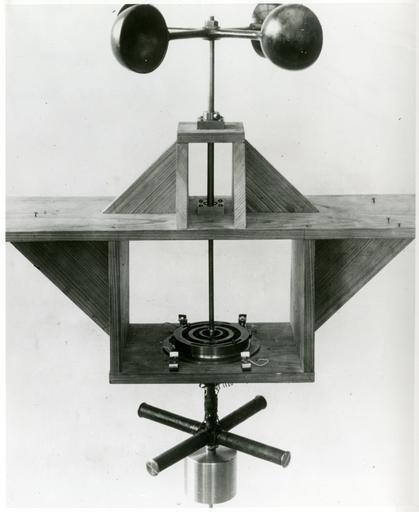MAKE A MEME
View Large Image

| View Original: | NavigationResearch_019.jpg (4701x5741) | |||
| Download: | Original | Medium | Small | Thumb |
| Courtesy of: | commons.wikimedia.org | More Like This | ||
| Keywords: NavigationResearch 019.jpg This new type of compass was developed for the U S Army Air Service in 1921 by Doctors Paul R Heyl and Lyman J Briggs of NBS The conductor consisted of a cross-shaped armature carrying a closed coil of wire which was rapidly revolved in the magnetic field of the earth thus generating a current the intensity of which depended upon the orientation of the coil with respect to the magnetic field The pilot had before him on his instrument board a movable dial bearing compass graduations on which the desired compass course was set off When the airplane was on this course the needle of a small galvanometer on the instrument board continually pointed to zero A deflection of the needle from one side or the other indicated a corresponding deviation from the predetermined course The earth inductor itself was located in the fuselage back of the rear cockput where it was free from magnetic disturbances due to the engine It was driven by a small cup propeller projecting through the fuselage For this device Heyl and Briggs received the Magellan Medal from the American Philosophical Society This compass wa successfully used in round-the-world flights by American aviators Ultimately it was replaced by improved magnetic compasses simpler in design and operation National Institute of Standards and Technology National Institute of Standards and Technology PD-USGov-NIST PD-USGov National Bureau of Standards National Institute of Standards and Technology Radio navigation | ||||